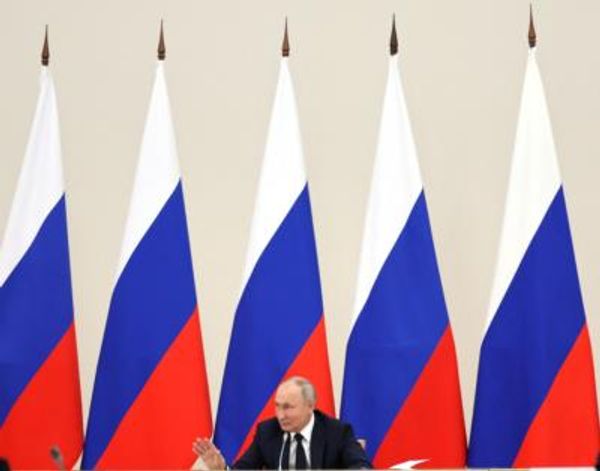The government is set to offer the highest level of incentives for investors in the bio-, circular and green (BCG) economy, innovation and high technology, R&D that increases the value of products, and human resources development to supply four new regional economic corridors.
According to Anek Meemongkol, deputy secretary-general of the National Economic and Social Development Council, the new incentives will be determined soon at a Board of Investment (BoI) meeting chaired by Prime Minister Prayut Chan-o-cha.
Mr Anek said the four special economic corridors should focus on new investment categories that can increase the value of farm products that conform to the government's policy to promote the BCG economy.
The Special Economic Zone Policy Committee chaired by the prime minister on May 5 approved four new special economic corridors, meant to resemble the flagship Eastern Economic Corridor (EEC), in a move to spur the economy and decentralise income to the regions.
The new zones comprise the Northern Economic Corridor (NEC), Northeastern Economic Corridor (NEEC), Central-Western Economic Corridor (CWEC) and the Southern Economic Corridor.
The NEC covers Chiang Rai, Chiang Mai, Lamphun and Lampang. This corridor focuses on developing infrastructure to support a creative economy, a telecommunications network to promote the North as a digital hub, as well as wellness, smart city projects and organic foods.
The NEEC spans Khon Kaen, Udon Thani, Nakhon Ratchasima and Nong Khai. This corridor is expected to be a production base for the bio-economy and its supply chain because of the area's plentiful raw materials, such as rice, tapioca and sugar cane.
The government aims to promote bio-plastic, medical foods and organic foods in this region, but water supply is needed to speed up development, he said.
The CWEC covers Ayutthaya, Nakhon Pathom, Suphan Buri and Kanchanaburi. The corridor is to be developed as a production base for organic foods, smart farming and a logistics network to link Bangkok, the EEC and Myanmar.
The southern corridor comprises parts of Chumphon, Ranong, Surat Thani and Nakhon Si Thammarat provinces. This corridor aims to promote five areas of connectivity -- land, marine, energy, digital and people -- under the Bay of Bengal Initiative for Multi-Sectoral Technical and Economic Cooperation.
The corridor is also designated for infrastructure development to support R&D and technology transfer in the farm sector, such as agri-business and bio-chemical and the bio-economy, as well as wellness tourism.
The southern corridor is expected to link the Andaman Sea, the Gulf of Thailand and countries such as India, Sri Lanka and Bangladesh.
According to Mr Anek, the study on a proposed land bridge megaproject, which would connect Chumphon on the Gulf of Thailand to Ranong on the Andaman Sea, should be completed within this year, before it is proposed to the cabinet for a final decision. The land bridge will be developed under a public-private partnership deal and should become operational by 2030, he said.
Thai governments have been pushing a southern land bridge for at least three decades, but nothing has ever come of it.
Mr Anek said once the BoI approved investment categories in the four special economic corridors, interested investors can submit their applications to the board.







